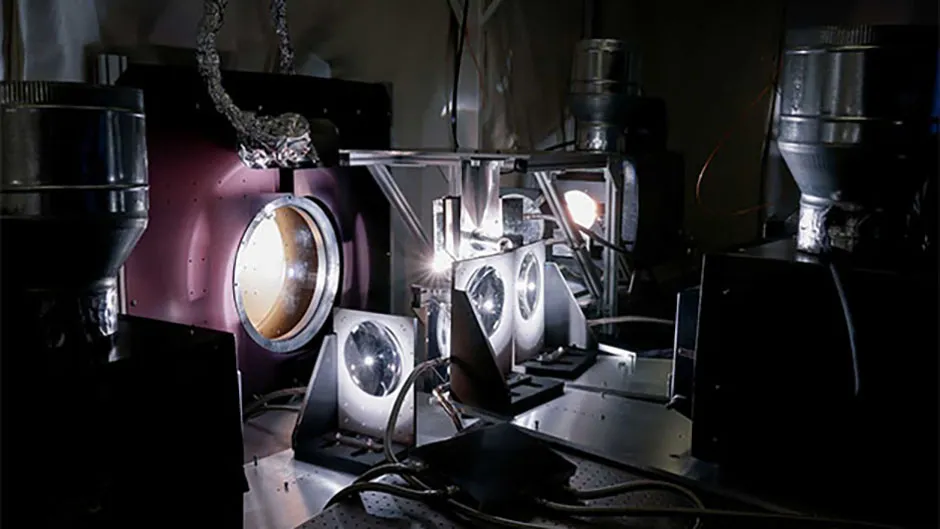The Parker Solar Probe - a new spacecraft that will get up close and personal with the Sun - has passed its final test and is ready to make the journey to our host star.
Scientists at the University of Michigan have been testing the endurance of one of its key pieces of equipment using an unusual method: blasting it with the heat and light of old IMAX projectors.
The Parker Solar Probe is a $1.5 billion NASA mission that launched in summer 2018.
Part of the mission will be to examine the powerful outbursts that occur on the surface of the Sun.
The Sun is a dynamic body, and outbursts of plasma known as coronal mass ejections can sometimes interfere with satellite electronics, GPS and radio communications on Earth.Part of the Parker Solar Probe mission will be to gain a better understanding of these processes, enabling scientists on Earth to anticipate potential disruptions.
One of the probe’s instruments is the Faraday cup.
This device will examine charged particles streaming from the Sun’s surface, known as solar winds.
It turns out a movie theater bulb on an IMAX projector runs at about 5,700 degrees Kelvin (5,427 °C) — the same effective temperature as the surface of the Sun.
Justin Kasper, University of Michigan
The latest pre-mission tests have been focussing on the Faraday cup’s ability to withstand the intense heat and light that it will need to endure.Justin Kasper of the University of Michigan is principal investigator for Parker's Solar Wind Electrons Alphas and Protons (SWEAP) investigation.
He and his team were able to recreate the conditions around the Sun in the lab, in their Solar Environment Simulator.
They simulated the solar environment using four older model IMAX cinema projectors that they found on eBay: not the modern digital projectors, but older machines that used light bulbs.
"It turns out a movie theater bulb on an IMAX projector runs at about 5,700 degrees Kelvin (5,427 °C) — the same effective temperature as the surface of the sun," says Kasper.
"And it gives off nearly the same spectrum of light as the surface."

The team placed the cup in a metal vacuum chamber and pumped the atmosphere out to resemble the conditions of space.
It was then hit with about 10 kilowatts of light on its surface, enough to heat a sheet of metal to 980°C in seconds.
The Faraday cup model proved it was able to successfully scan a simulated stream of solar wind under these conditions, putting the Parker Solar Probe on track for its planned launch on 31 July 2018.
The spacecraft will make seven flybys of Venus over a period of seven years to bring its orbit closer to the Sun.
It will then fly as close as 3.8 million miles to the Sun’s surface, speeding through the outer atmosphere - or corona - making it the first human-made body to do so.

